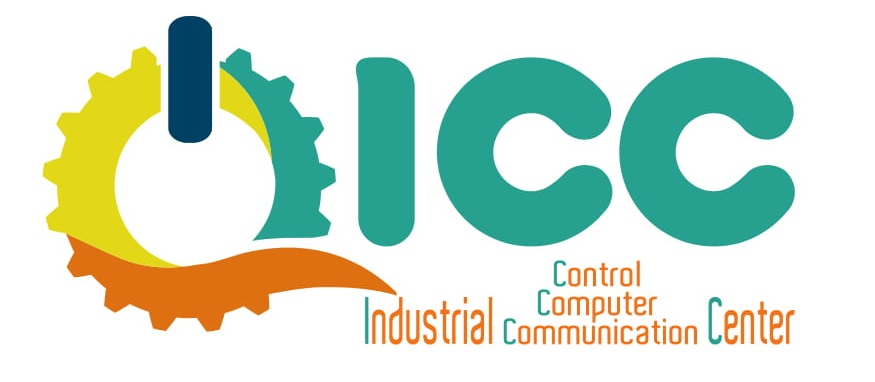
INDUSTRY 4.0 AND IOT & IIOT RELATIONSHIP
Industry 4.0 is the industry's new trend. 4. Defines the concept of Smart Factory, also called Industrial Revolution. Behind this concept lies a mixture of technologies that serve the factory of the future. Machines connect to the Internet through the Internet of Things (Industrial IOT) and the generated data can be transferred to the Cloud, while processed data can be retrieved from the Cloud. Thus, AI algorithms can be run to optimize operations and reduce costs through preventive/predictive maintenance. In general, provide better operational and business tools to build infrastructure for the dark factories process by allowing optimized and centralized management of plants, equipment and machinery.
IIoT – Internet of INDUSTRIAL OBJECTS [IIoT]
IIoT represents the Industrial Internet of Things or Industrial IoT, which is connected and synchronized mainly within an industrial area and through the use of software tools and third platform technologies from a machine to a machine and the Internet. It is also the basis of industry 4.0 concept and applications. Today, IIoT is mainly used as an inclusive term for applications and use cases in various industry sectors within the scope of Internet of Things applications outside the consumer space and corporate IoT market. The Industrial Internet of Things, or IIoT, is defined as "machines, computers, and people that enable intelligent industrial operations that use advanced data analytics for transformational business outcomes."
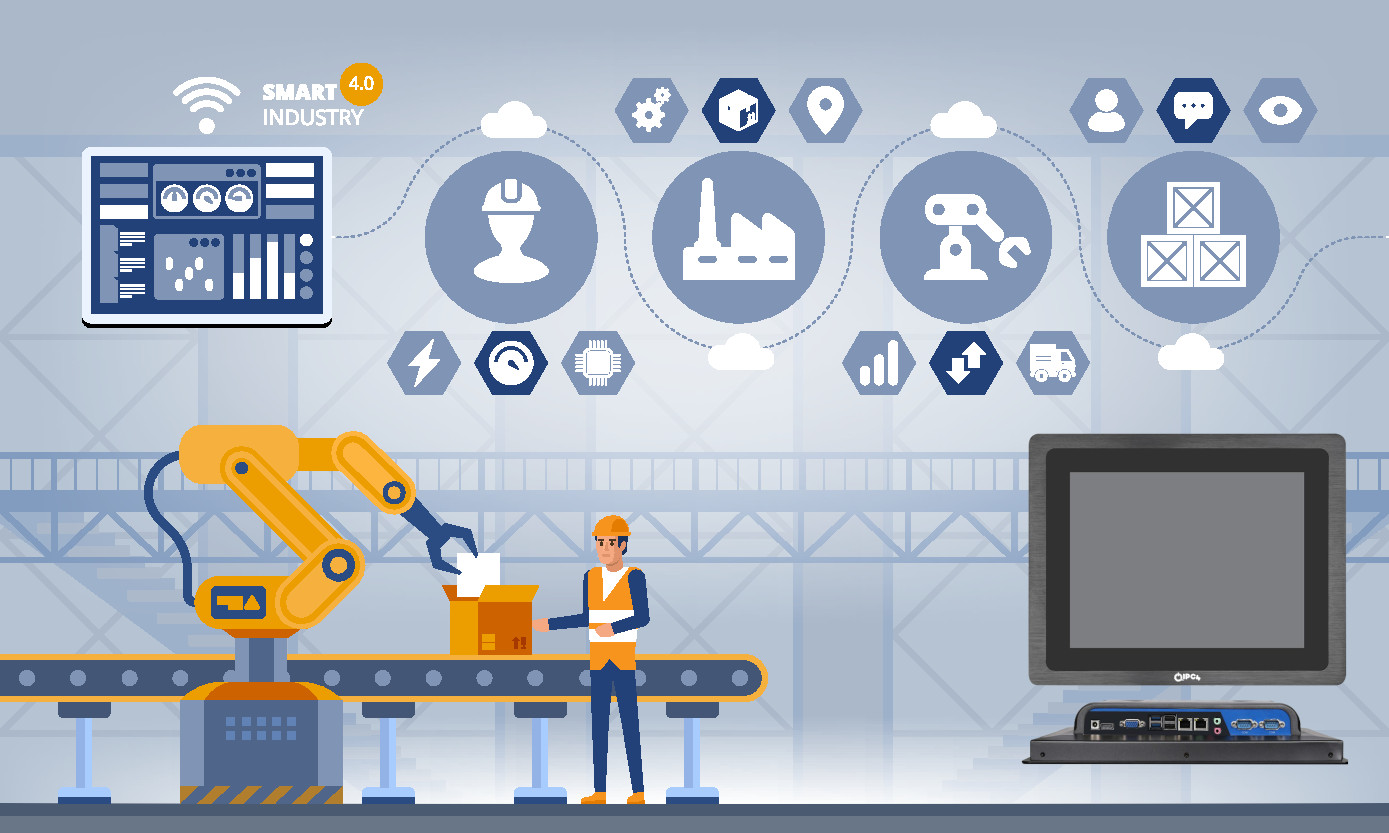
MACHINE-TO-MACHINE CONTACT [M2M] and IIoT
In the context of Machine-to-machine and Industry 4.0, the advantage of the frameworks and systems expressed by IIoT is that they can operate semi-independently or with very little human intervention. Such systems will be able to react intelligently and even change their movements, increasingly based on information from feedback loops generated within the framework.
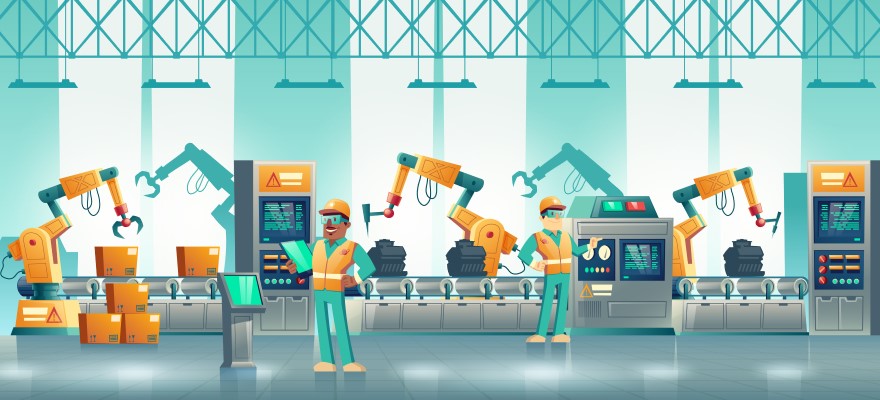
THE BENEFITS OF IIoT IN MANUFACTURING AND BEYOND
One of the biggest benefits of the Industrial Internet of Things should be seen in reducing human error and manual labor, increasing overall productivity and reducing costs in terms of both time and money. We can also not forget the possible foundations of IIoT in quality control and maintenance. The Industrial Internet of Things is part of the Internet of Things. The Internet of Things or IoT is rich in data: a large amount of data is collected, collected and shared in a meaningful way. Again, the aim is to increase the level of automation at local and commercial levels. In the Industrial Internet of Things, data is also very important, and this leads to a change in human tasks in the context of Industry 4.0, so that automation leads to a decrease in certain types of work, but also requires new skill sets. The purpose of the Industrial Internet of Things is also not to completely replace human work, its purpose is to develop and optimize it, for example by creating new revenue streams and business models (analysis) that have a large role for data. Intelligent communication cycle setup between machines ensures timely attention to maintenance issues. The level of security of operations is also increased by reducing risk factors. In the coming years, IIoT will push more unified device protocols and architectures that will enable machines to communicate seamlessly and thus improve interoperability.
To summarize, here are some key benefits of IIoT in Industry 4.0 inclusion.
Advanced and intelligent connectivity between devices or machinesInceptively increase productivity, saving time, improved industrial safety
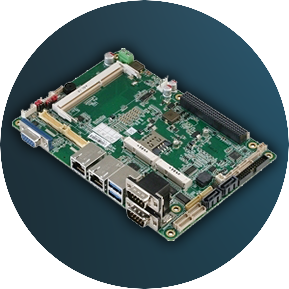
Industrial Motherboards
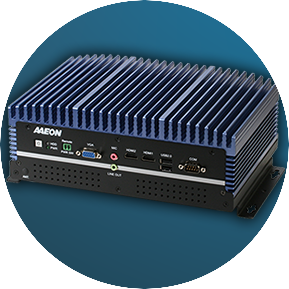
Industrial Box PCs
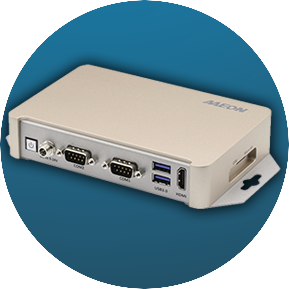
Embedded AI Products
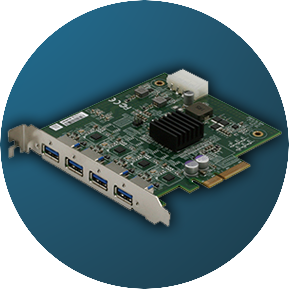
Machine Vision Platforms
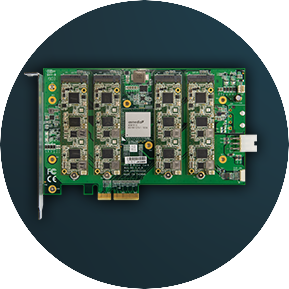
AI Modules
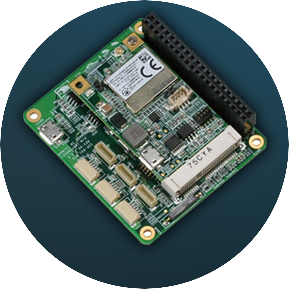
IIoT and AIoT Nodes
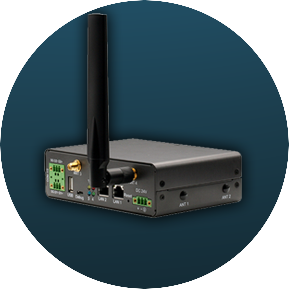
IIoT and AIoT Gateways
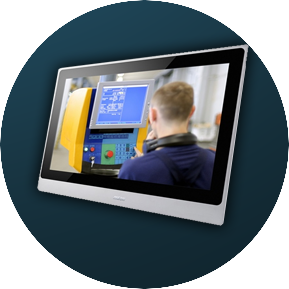
Industrial Panel PCs
Industrial PCs are now included in smart factory applications that extend far beyond industrial automation. Industrial computers, especially those that perform the task of visualizing plc and DCS controlled machinery and line management, are used in management function through touch screens in panel PC models with screens.
MANUFACTURING SECTOR
Industrial PCs offer the best hardware platform for large-scale production that exceeds the labor limits of the average human workforce. The infrastructure established for mass production with machine automation has moved the boundaries considerably higher by including the communication of the internet with the industry 4.0 trend. In the initial period, industrial PC systems approached with hesitation, data collection requirements from machinery and equipment for predictive/preventive maintenance, not only for machine vision and robot management, have become the fixtures of applications.
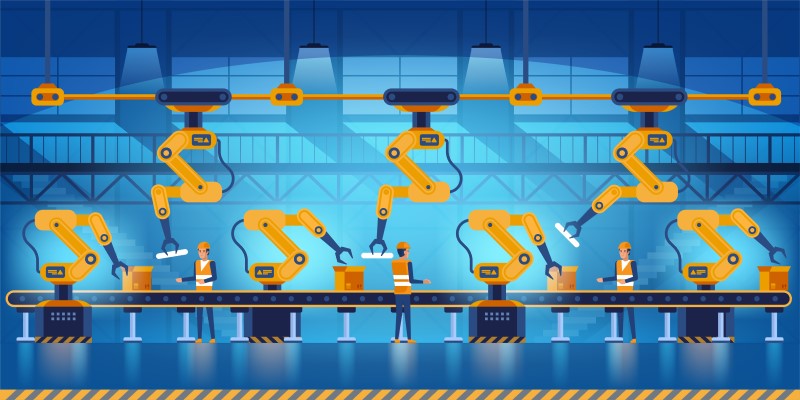
PACKAGING INSPECTION AND QUALITY CONTROL
Another important application in production, of course, is vision-controlled quality assurance, which is operated by humans at much higher speed and with higher accuracy than possible. Machine vision and packaging monitoring systems quickly automate the quality assurance of their products. With the use of 3D artificial vision camera systems, it has become a necessity to calculate the extra Z size. Industrial computers with triple multi-core CPUs for systems that can perform ultra-high-speed control and enable 100% quality assurance on the object have taken over. Thus, the success/failure decision of the quality control system has taken it to the next level, where it can depend on many other parameters such as proportion, shape, surface, size.
ASSET TRACKING
The manufacturing sector is increasingly tasking industrial PCs. The retail and healthcare sectors have also applied industrial PC hardware to their day-to-day operations due to their assets and ability to track and monitor inconsistency and anomaly processes. In this way, it allows system operators to monitor their assets or processes with human workforce in a much more precise and efficient way than is normally possible, both on site and remotely.
SIMULATION AND CONTROL
Industrial PC platforms use powerful processors to mimic and create simulations of potential real-world scenarios. This provides advanced insights to analyze risks, predict other possibilities, and test systems within any framework. Being able to conduct such tests and analyses allows for further development and development of existing infrastructure based on comprehension from simulations and predictions. While there is a lot of excitement about artificial intelligence and machine learning, advances in the near future have combined these three technologies to create more advanced simulations.
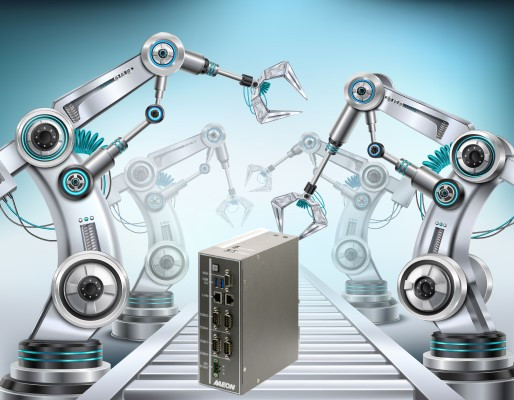
REMOTE DATA COLLECTION
In the age of Automation and the Internet of Things, data is one of the most valuable commodities. The ability of remote IoT sensors to send and receive data about the use of remote machines, tools, hardware, and other connected devices enables operators deploying them to receive actionable data about operational processes, equipment fatigue, and overall performance. This data allows control systems to know when to adjust the power to the equipment, trigger actuators, temperature or pressure controls, and other operational functions with utmost precision.
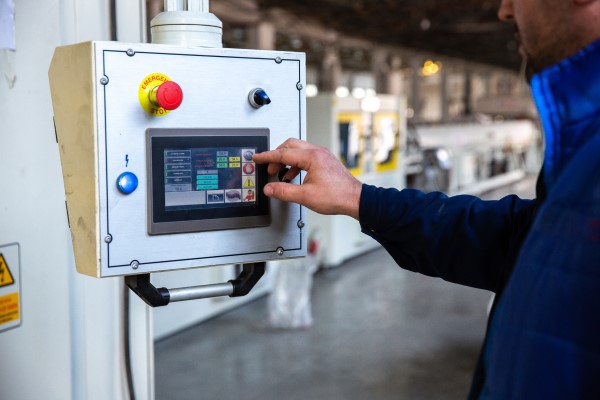
IOT AND PC BASED AUTOMATION
The aforementioned applications are just a few of the ways in which industrial PCs are used to further develop and improve existing industrial automation technologies. From PLCs to PACs and now industrial PCs, it is only possible to predict what the future will be in the store. However, if the costs of computational and communication technologies continue to fall at the same pace as new innovations, we are certainly exploring the full potential of IoT in projected timeframes, resulting in unprecedented productivity and higher customer satisfaction in production. PC is the heart of the internet, which is open to the revolution of things, especially the industrial internet of what will become the brains that control the infrastructures that societies and economies can rely on in their daily lives. Legacy operational technology systems and instruments must be protected with smarter computers until they are replaced with the latest technology. IoT communication gateways not only require superior robustness in their structure and components, but also robust cybersecurity embedded in the software that manages communication between objects.
